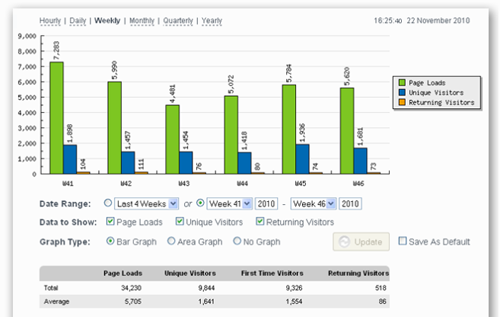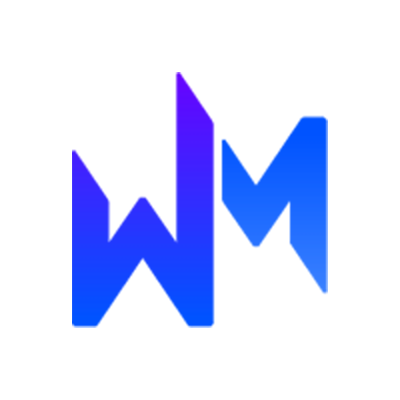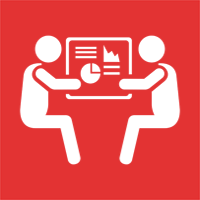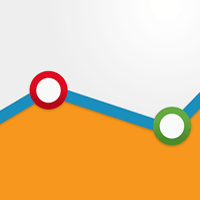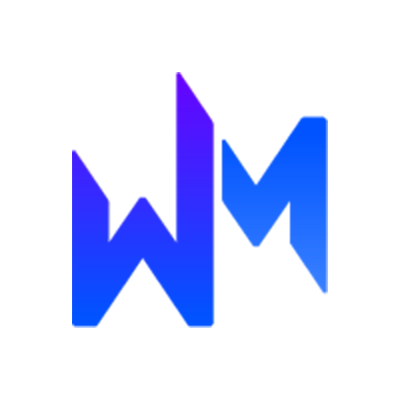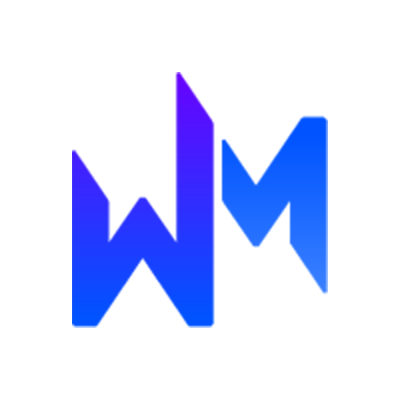Experts Speak: My Favorite Google Analytics Alternative

Google Analytics turned 10 last year, and in that decade has helped tens (if not hundreds) of millions of companies understand visitors' actions and behaviors on their sites while calculating return on investment from myriad initiatives and enhancing user experienced based on various observations.
There's no denying Google Analytics' popularity and its prominent place in the Web community, but many 'Net professionals don't use the product alone - complementing it with other services to track website visitors and
get the clearest picture of their audiences and how best to serve them. On the other hand, there are Web workers who have axed Google Analytics altogether. Check out a roundup of your peers' favorite Google Analytics alternatives to see what you could be missing out on.
Inspectlet.com & UserTesting.com
In addition to Google Analytics we use a heat mapping application (Inspectlet.com - shown below) which also includes site visitor recordings; we can actually watch recorded sessions of visitors interacting with our site. We have also used an online testing company (UserTesting.com) to conduct website focus groups whereby we can watch and listen to recorded sessions of business people viewing our site and answering questions on everything from first impressions to the ease of using our online ordering system.
"John Kinskey, President-Founder of AccessDirect, Inc.
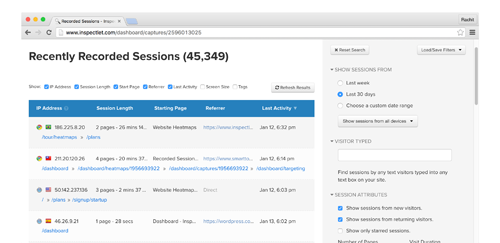
Funnl
We like using Funnl for analytics because it saves us time, and it has much better UX than Google Analytics. It allows us to get reporting for ROI on things like Facebook ads and content marketing faster than other solutions. Funnl also collects a huge amount of person-level data that answers a lot of questions we couldn't figure out with Google. And it works seamlessly on any device.
"Brad Williams, Co-Founder of Web Dev Studios

Piwik, Clicky & ClickTale
While Google Analytics, and their newly fashioned analytics suite is the preferred tracking platform for most Web masters, there are a few alternatives that deserve attention. Piwik is a free alternative, though it's open source so you'll have a bit more to set up but the customization potential with different dashboards is pretty neat. We have begun building a data warehouse, and have chosen Piwik to be our Web analytics tool of choice. It's great to have a free alternative that works at the server level to compare Google Analytics traffic to.
We also use Clicky for live tracking and some additional funnel visualizations that we think it does better than Google Analytics. Again, it's always nice to have another platform to compare your analytics to. Another analytics tool we use is ClickTale, which we use for heat maps and user engagement metrics. Heat Maps are vital to a modern Web team, as a tool like GA can only tell us so much. Using analytics tools together gives our team the maximum amount of data and insight into our daily work. Don't be afraid to step away from Google, just make sure you keep measuring!
"Dan Giordano, Digital Marketing Manager at SmartBear
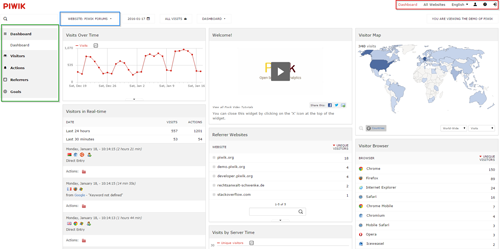
LXRPlugin
Our use of this Excel plugin has helped us find and make changes quickly, saving us large chunks of time that we normally devote to creating and analyzing reports as well as budget that we typically allocate to analysts for gaining insights from our search marketing data. The monetary savings has amounted to roughly $2,000 per month. LXRPlugin, with its ease of use, low cost and in-depth reporting, has been a huge asset for us.
"Stephen Light, Director of Ecommerce & Marketing at Rug Studio
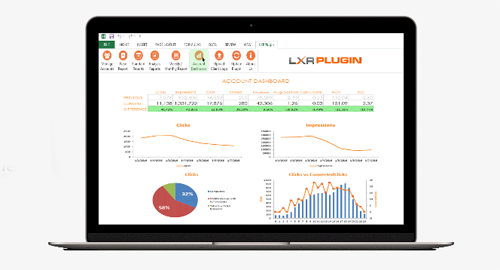
Hotjar
We use a few other programs in addition to Google Analytics, but my favorite is Hotjar, which is a heatmaps/recordings tool. It does not replace Google Analytics data, but provides awesome insights to accompany GA. Google Analytics can tell you which pages have a high bounce rate. Hotjar can tell you why. It takes the guesswork out of how people are interacting with your pages. You can actually filter recordings by page or sessions that ended on a specific page, and replay that users session to determine what led them to leave your website.
"Rachel Stephens, Marketing Assistant at TotallyPromotional.com
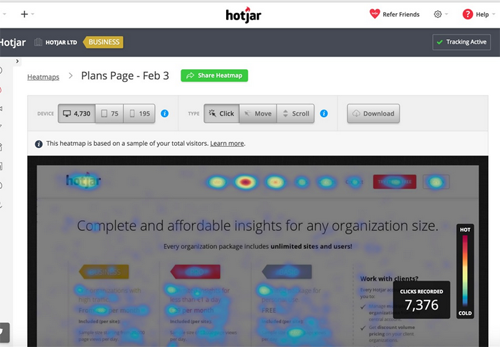
Chartbeat
We specialize in viral marketing, and we need to track the amount of views and shares that a piece of content receives as soon at it goes live. Google Analytics doesn't offer a real-time view of how many visitors your content is receiving, so we use Chartbeat to track this data. The interface is easy to use and it helps us make important decisions in our marketing campaigns.
" Sam Williamson, SEO Executive at Aims Media Glasgow
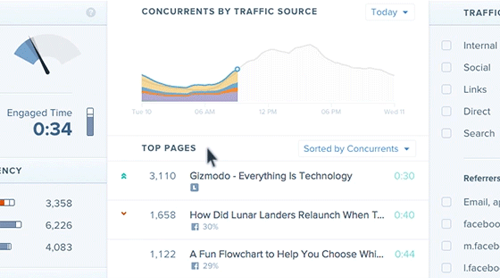
Lead Forensics, Heap Analytics & Hotjar
We have looked into a wide range of analytics tools to run alongside Google Analytics. Lead Forensics (shown) provides us with a high level of in-depth data, by snooping around after visitors come on to your website and returning a whole bunch of information. Who they work for, where that is and how often they've visited your website. The kind of data that is invaluable from a sales perspective.
Heap Analytics saves you time and money by making tracking events a whole load easier than it can be in Google Analytics. It can track everything from forms to button clicks to page views, which you can then filter out (by Google Analytics campaign no less!) so you can gain easy access to visual funnels. This tool is great for understanding where the problems lie in your conversion routes.
Lastly, there is Hotjar. It watches user activity on your site and forms 'heat maps', based on hotspots of activity so everything from scrolls, mouse movement and clicks all appear in one visual outlook. A very handy one to see exactly how people use your website.
"Elena Lockett, Marketing Assistant at FM Outsource
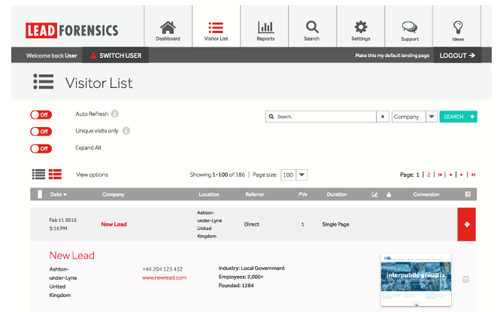
Clicky
When creating insight platforms for clients, the most common Google Analytics alternative we use is Clicky. Why? Because for brand and insight managers, its easy-to-understand metrics are accessible and relatable. It is much easier to integrate Web performance and consideration into company culture when the data is presented in a way which is universally understood. The heat map features are also a great way to optimize performance through visual feedback.
"Christopher Martin, Digital Marketing Manager at FlexMR
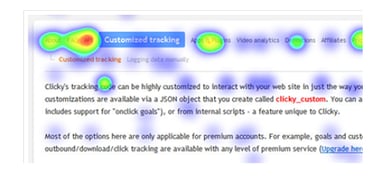
Mouseflow
For my business I actually use a tracking website called Mouseflow because it allows me to track what visitors do when they come to my website. While Google Analytics can be useful, I prefer using visitor recordings which allow me to tweak my website to try to get the highest user engagement possible on my site.
"Alex Reichmann, CEO of ItestCash
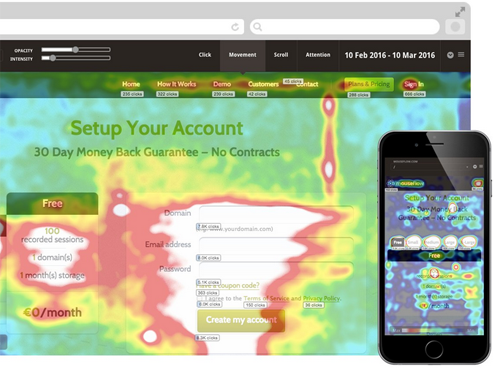
FullStory & HubSpot
We love FullStory (shown) because it let's us play back our users' sessions on our website. Instead of raw data, we watch raw experiences. The technology is amazing, and it lets us flag specific moments in a session to share them with team members. As an example, we can watch a user reading a blog post on an off-brand smartphone to ensure that the CSS renders properly. There's no comparable tool for actually seeing what users are doing on a website.
Similarly, HubSpot is valuable because you get useful performance metrics on each page out of the box. The data you need as a Web master is always already there, and each important element on your website, like calls-to-action or forms are automatically tracked for conversion and click rates. It's great tool that gives you the data you need without overwhelming you.
"Jeff Kerr, Founder & CEO at CaseFleet
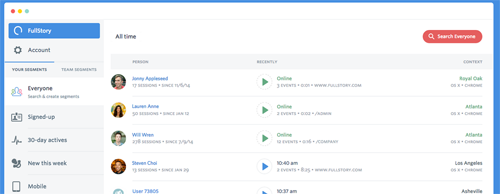
76insights
76insights provides you with insight into which articles, posts and social objects are most resonant and move people to action. The 76insights app allows you to view posts in a graph or in a card view layout, filter posts, share the most resonant content with your social networks and more. It's great to see how your social media is tracking or to run a comparative analysis. It's a favorite of mine, because I can input and compare every social media outlet; Facebook, Twitter, Youtube, Google +, Pinterest, along with RSS feeds.
"Sherrilynne Starkie, Executive Vice President of Thornley Fallis Communications
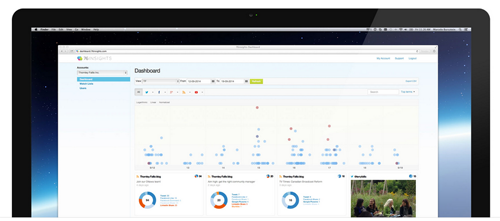
intercom.io
Like every other startup we have Google Analytics integrated throughout our app (which is best described as Uber for lawn care), however, we get much more value out of intercom.io.
Intercom is the only tool this kind that enables companies to combine qualitative data and quantitative data. We live and die by it because it allows us to combine the data of what people are doing inside of our app along with talking to them while they are doing it.
This allows us to move quickly off of user feedback and develop heuristics around user behavior while slowly validating the assumptions with actual quantitative data.
You can stare at it all day long instead of Google Analytics but you can't ask your users why they are doing what they're doing when they do it.
"Bryan Clayton, CEO of GreenPal
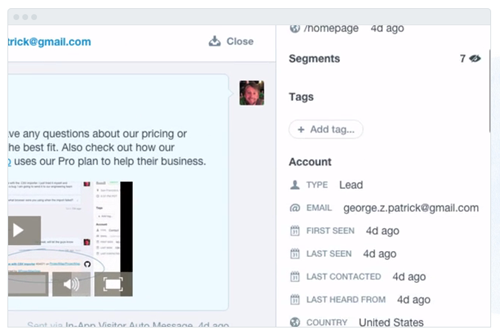
StatCounter
We use StatCounter in conjunction with or instead of Google Analytics depending on what we want to see in the statistics.
StatCounter provides statistics on incoming traffic, keyword analysis, popular pages, search engines, browsers and a number of other useful items. We can group multiple projects and distribute the available logging accordingly.
StatCounter is much more simplistic than Analytics and as such not as intimidating. In some cases, we integrate Analytics within StatCounter and compare data between the applications.
"Randy Downs, Owner of Downs Consulting Services
